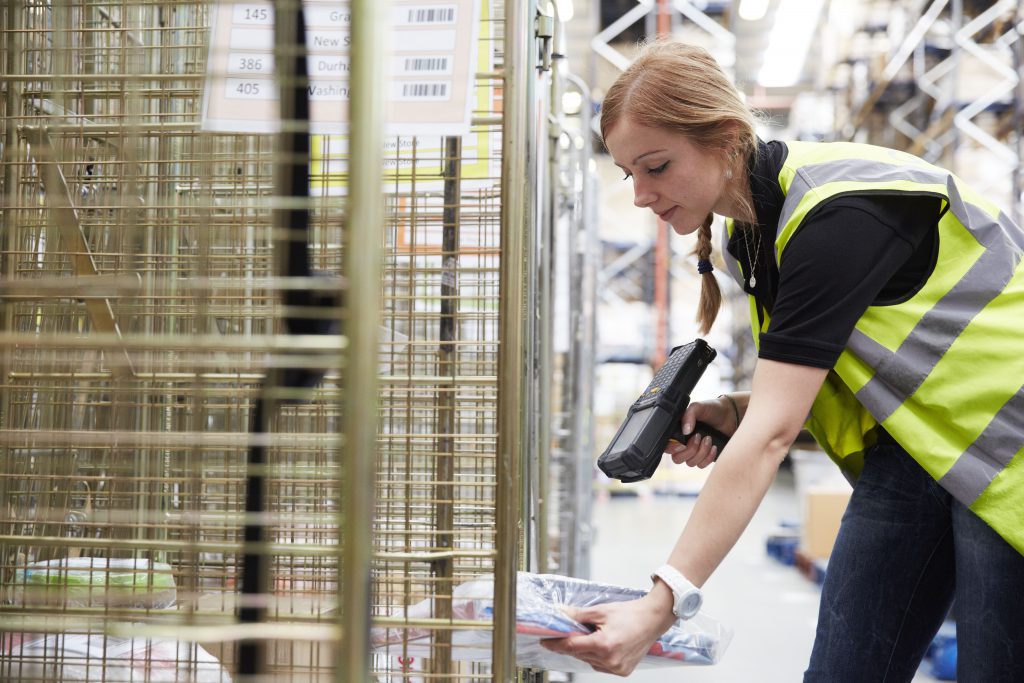Click & Collect Signals Retail Peak
19th January 2017

UK logistics firm Clipper has released a report of UK consumer retail behaviour in the run-up the to the peak Christmas season, based . In it the company concludes that:
- Click & Collect “comes of age” & supports retail brand loyalty
- Some retailers saw online hit 50% of all sales on key days
- Returns likely to affect retailers well into late January
- The rapid release of inventory from returns is vital to protect margin
- Initial data shows Click & Collect growth could be up by circa 18% year on year during the peak sales period
This year’s peak trade period saw mixed fortunes for UK retailers. Predictably enough, online sales, and mobile sales in particular, performed well. Some suggested that this year would be the first where online would deliver a greater sales figure than some retail store estates on key days – something which is backed up by our data. If this figure is validated across the sector, it’s a huge milestone for retail and something that could create further opportunities and challenges.
Despite the varied performance of retailers, online shopping unsurprisingly, is something that grew in popularity, which in turn means a rise in demand for deliveries. This places significant pressure on retailers and the logistics solutions they have in place. This surge in the popularity of ordering online created some challenges, but non-food retailers, such as John Lewis, have become savvy to the problem and benefitted from Clipper’s new retail focussed click-and-collect solution, which performed admirably across peak, helping to lock-in customer loyalty.
Clipper says the success of Click & Collect overall is evidenced by its own data which showed outputs from some of its shared use retailer sites hitting over 65% of all orders being delivered by this channel – and its in-house data also suggests that the Click & Collect growth could be up by circa 18% year on year during the peak sales period. The fluctuations in Click & Collect demand throughout its network highlighted that from an ‘average day in the peak’, to a ‘peak day in the peak period’ the variance was circa 117% in the run to Christmas.

